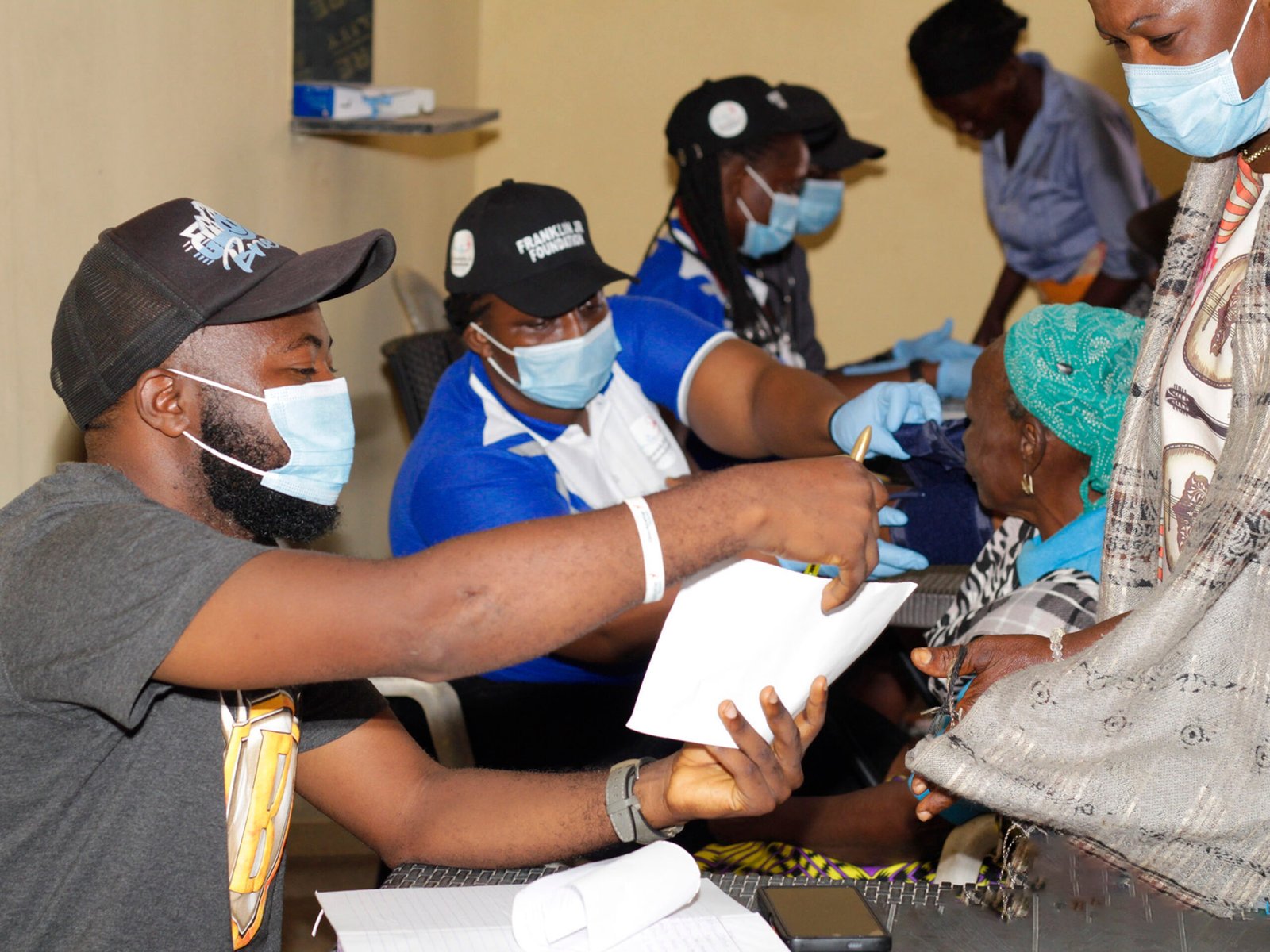Our initiatives in Health Awareness and Medical Outreach aim to foster drug education, support mental well-being, and advance equitable access to healthcare through impactful missions and strategic community engagement.
Our offerings include a diverse range of short and long-term medical volunteer opportunities, both domestically and internationally, ensuring that every healthcare professional can find a mission that aligns with their skills and passions.

Hypertension (high blood pressure) affects an estimated 1.28–1.5 billion adults globally and is the leading risk factor for heart disease, stroke, and kidney failure. It is often called the “silent killer” because it typically has no symptoms and is only detected through measurement. Most people with hypertension live in low- and middle-income countries, and the prevalence is rising worldwide. Less than half of adults with hypertension are diagnosed and treated, and only about 1 in 5 have their blood pressure under control.
Low Awareness: Around 46% of adults with hypertension are unaware of their condition.
Poor Control Rates: Fewer than 1 in 5 people with hypertension have it under control globally, with rates much lower in low-income countries.
Rising Prevalence: The number of people with hypertension is expected to reach 1.5 billion by 2025.
Modifiable Risk Factors: High salt intake, obesity, sedentary lifestyle, tobacco and alcohol use, and poor diet contribute significantly to the global burden.
Economic Burden: Hypertension accounts for about 10% of global health care spending and causes substantial productivity losses due to disability and premature death.
Health System Gaps: Many health systems lack the capacity for widespread screening, early diagnosis, and effective long-term management, especially in resource-limited settings.
The global target is to reduce the prevalence of hypertension by 33% between 2010 and 2030. The World Hypertension League’s “80×80×80” target for 2030: 80% of people with hypertension diagnosed, 80% of those treated, and 80% of those treated achieving control.
Advocate for cost-effective interventions, including salt reduction, tobacco control, improved detection, and protocol-based management through primary health care.
To effectively combat high blood pressure, we focus on raising community awareness about prevention and healthy lifestyles, expanding access to regular screening and self-monitoring, training health workers to support medication adherence and connect patients to affordable care, and advocating for policies that promote healthier environments—such as reducing salt in foods and encouraging physical activity. By tracking outcomes and building strong partnerships with health agencies, community organizations, and funders, the nonprofit can maximize its impact and help reduce the burden of hypertension in vulnerable populations.

A robust primary health care (PHC) system for women can deliver the majority of essential health services across their lifespan, including reproductive, maternal, newborn, and child health care, immunizations, nutrition support, and treatment for both infectious and noncommunicable diseases. Leveraging our foundation’s expertise, we drive the development of innovative diagnostic tools, treatments, vaccines, and reproductive health solutions tailored to the unique needs of women and girls in low- and middle-income countries. Our team works in close partnership with other health-focused groups within the foundation to design and implement interventions that enhance the health of women and girls, ensuring these solutions are accessible and effective within under-resourced health systems.

Malaria remains entrenched in high-burden communities. In 2023, 263 million cases and 597,000 deaths globally; 94% of cases and 95% of deaths occurred in Africa. Many at-risk people in Africa still lack prevention, detection, and treatment services. The only sustainable solution to end malaria
Drug and insecticide resistance, stagnant funding, weakened health systems post-COVID-19, conflict, climate change, and displacement.
We support this initiative by providing access to proven tools such as widespread use of insecticide-treated bed nets, indoor spraying, prompt diagnosis, and effective treatment in high-burden and resource-limited communities.
Requires ongoing political will, financial investment, and strong partnerships at all levels. Deployment of new vaccines, advanced diagnostics, and next-generation vector control. Robust surveillance, rapid response, and resilient health systems are vital.

TB remains a leading infectious killer, with 10.8 million cases and 1.25 million deaths in 2023. Accelerated action is needed to meet global milestones and end TB as a public health threat. Preventive treatment for high-risk groups, vaccination of children, and systematic screening of contacts and vulnerable populations are essential components.
Eliminate catastrophic costs for TB-affected households. Engage communities, civil society, and all healthcare providers. Scale up proven interventions—early detection, rapid diagnosis, preventive therapy, and high-quality care, especially for drug-resistant TB. Strengthen health systems and cross-sector collaboration (social protection, labor, immigration, justice).
© 2024 Diaconia Global Services is a 501 (C)(3) Non-profit Recognized by the IRS.